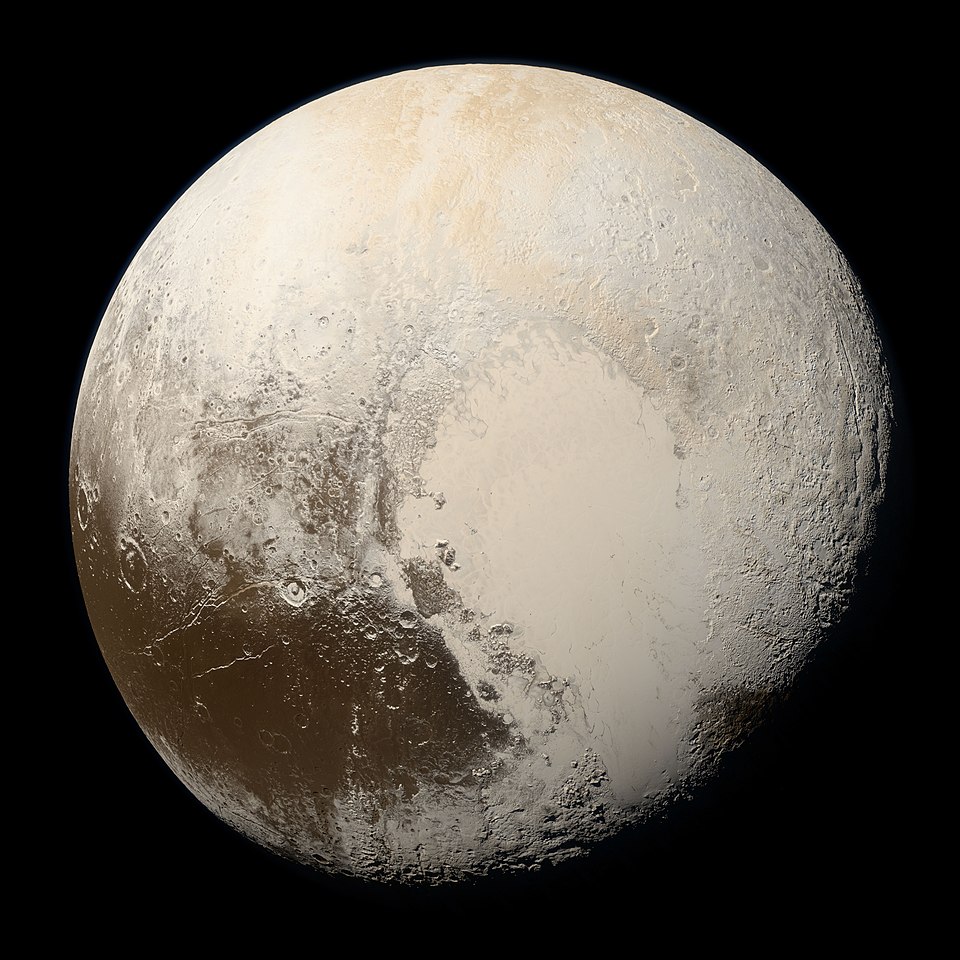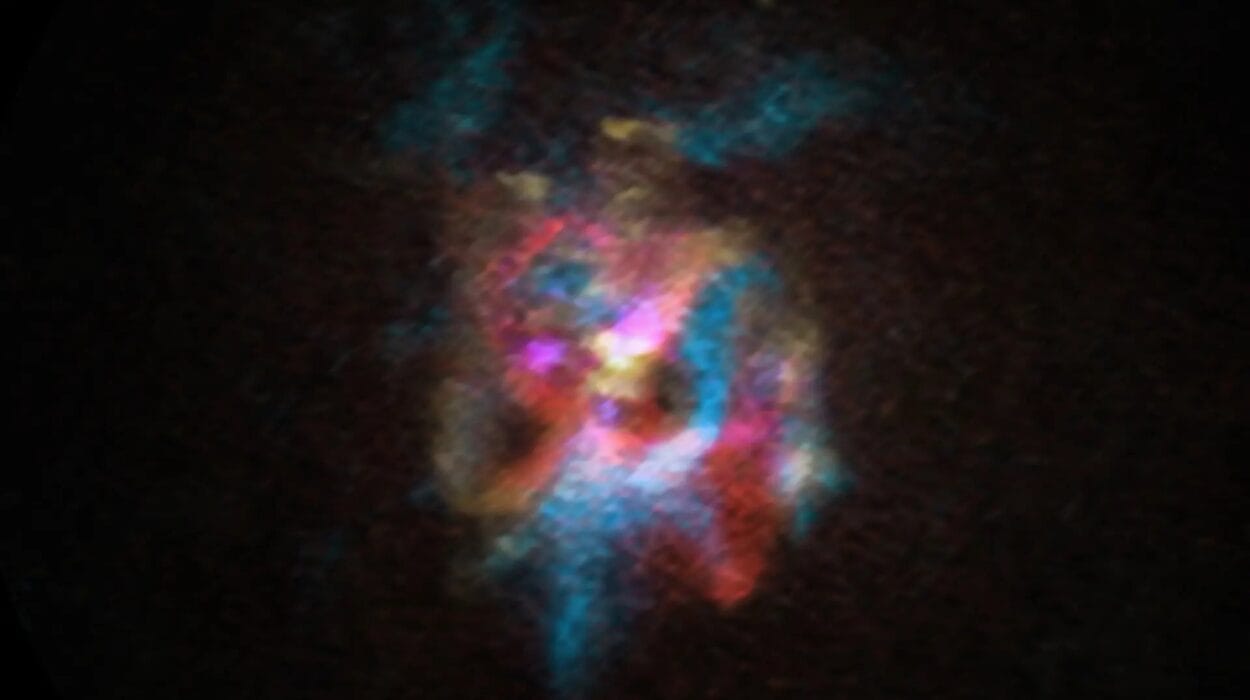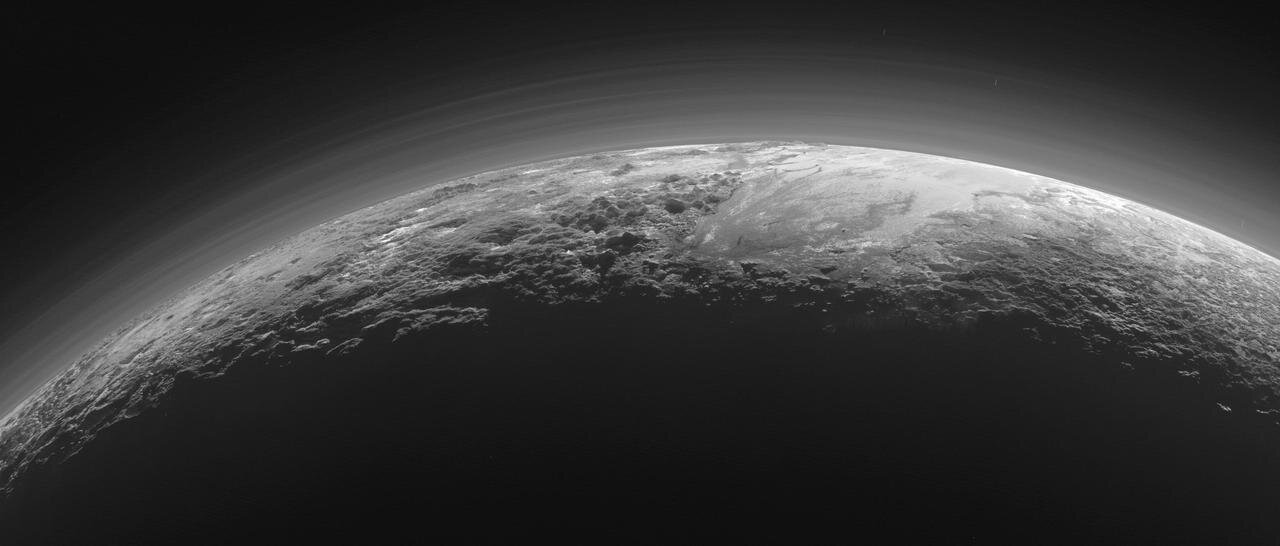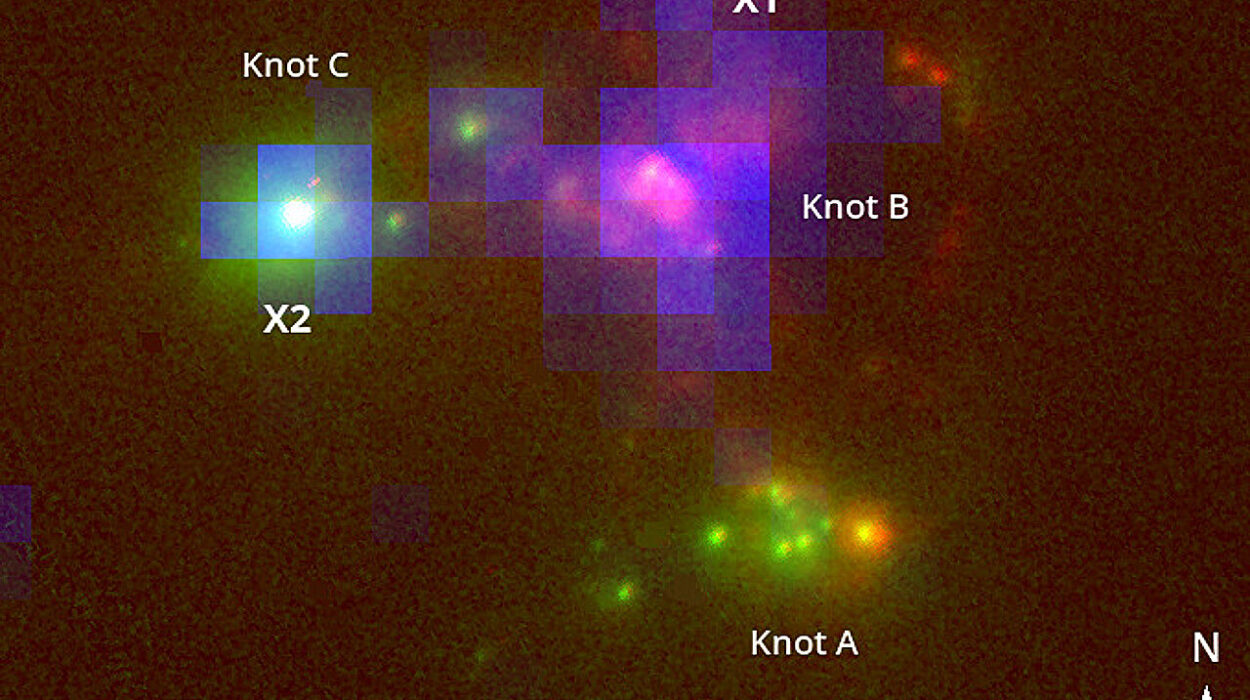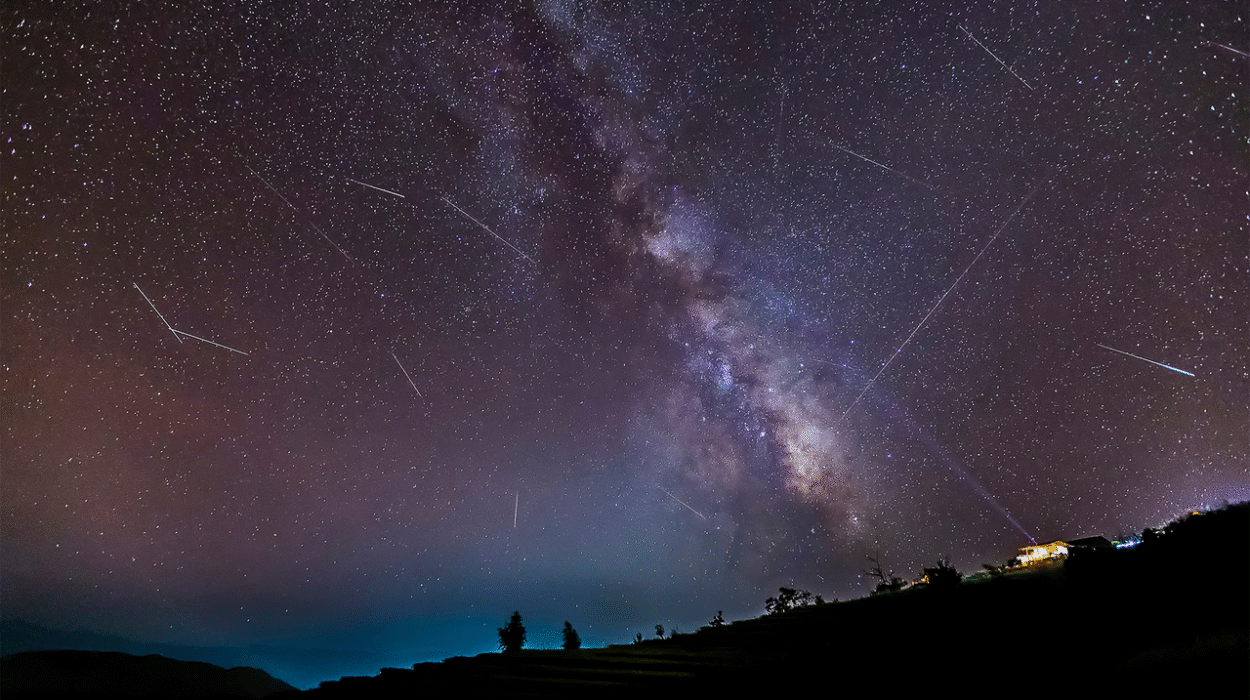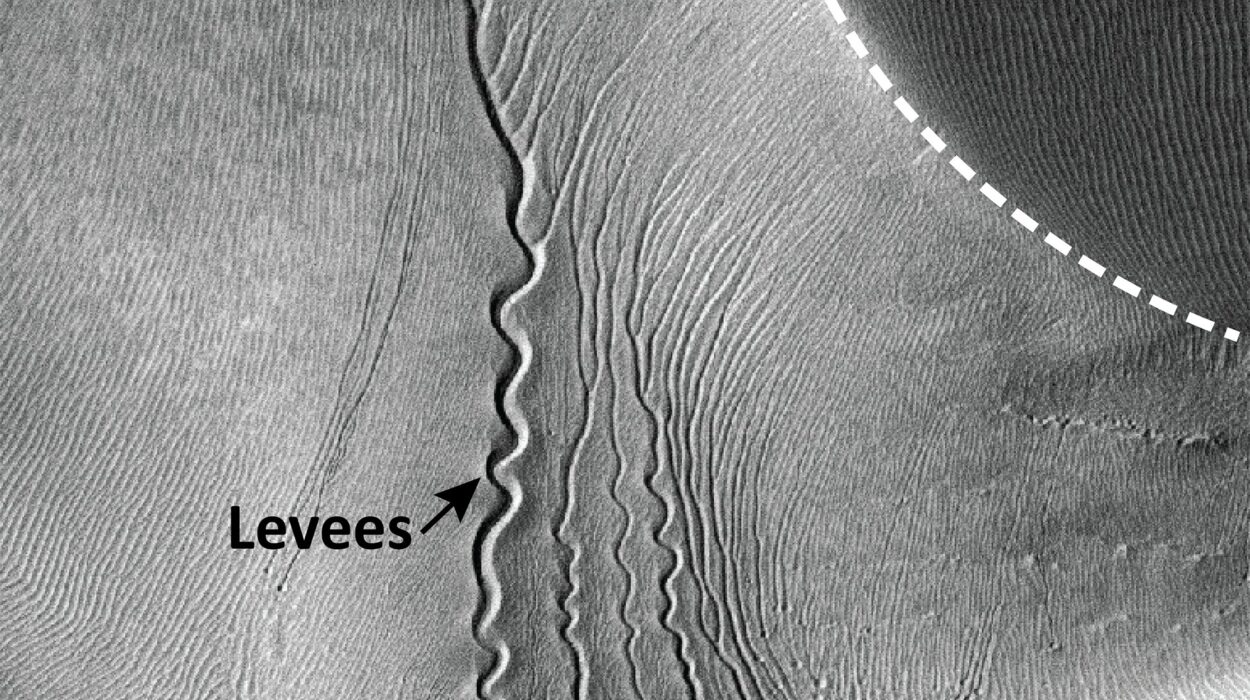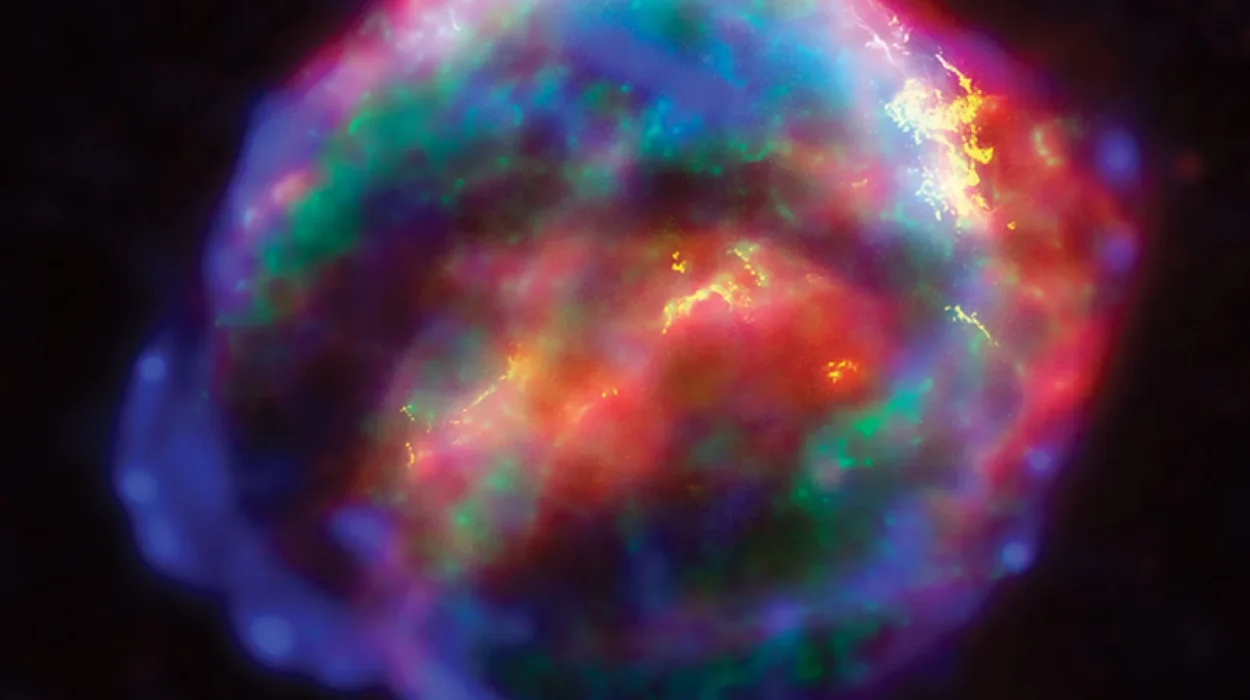The vast expanse of our solar system stretches far beyond what we can see with the naked eye. The planets we are familiar with, like Earth, Mars, and Jupiter, make up only a small portion of this immense region of space. For decades, astronomers have speculated about the possibility of a giant planet beyond Pluto, a world so far from the Sun that it would be nearly impossible to detect with traditional telescopes. But recent discoveries and advancements in technology have reignited this age-old mystery. So, is there a giant planet beyond Pluto? And if so, what would such a planet mean for our understanding of the solar system?
The Outer Solar System: A Vast and Mysterious Region
Before we delve into the specifics of whether a giant planet exists beyond Pluto, it’s essential to understand the structure of our solar system. The solar system is divided into several regions, each with distinct characteristics. The inner planets—Mercury, Venus, Earth, and Mars—are rocky and relatively small. Beyond them lies the asteroid belt, a region populated by small, rocky bodies. Beyond the asteroid belt are the gas giants Jupiter, Saturn, Uranus, and Neptune, followed by the icy bodies of the Kuiper Belt, where Pluto resides.
Pluto, once considered the ninth planet, now holds the status of a dwarf planet, thanks to its small size and its orbit, which sometimes takes it closer to the Sun than Neptune. But even though Pluto is no longer classified as a planet, it is still an intriguing object that sits at the farthest reaches of the solar system. However, what lies beyond Pluto has remained a mystery.
The Search for Planet Nine: The Hunt for a Giant Planet
In recent years, astronomers have turned their attention to the possibility of a large, undiscovered planet lurking in the outer solar system. This hypothetical planet has been given the name “Planet Nine,” and it has sparked intense debate and excitement among scientists. The idea of Planet Nine was first proposed in 2016 by astronomers Konstantin Batygin and Michael Brown of Caltech, who used mathematical modeling to suggest that a massive, unknown planet could be influencing the orbits of objects in the Kuiper Belt.
Batygin and Brown’s research was based on the observation that several objects in the Kuiper Belt—specifically, those located in a region known as the “scattered disk”—seemed to be clustered in a way that couldn’t be explained by the gravitational influence of the known planets. Their calculations suggested that the presence of a large, distant planet could be responsible for these unusual orbital patterns.
Planet Nine, according to their model, would be a gas or ice giant, with a mass about 10 times that of Earth. It would orbit the Sun from a great distance, far beyond Neptune and Pluto. Its orbit would be highly elliptical, meaning that it would take the planet thousands of years to complete a single orbit. The planet’s location would be so far from the Sun that it would be nearly impossible to detect using conventional telescopes.
Why Is It So Hard to Find Planet Nine?
The search for Planet Nine has proven to be incredibly challenging, primarily because of its vast distance from the Sun. The farther a planet is from the Sun, the less sunlight it receives, making it extremely faint and difficult to spot. Even with advanced telescopes, such as the Subaru Telescope in Hawaii or the upcoming James Webb Space Telescope, detecting an object so far from the Sun is a daunting task.
Another difficulty lies in the planet’s predicted location. Because Planet Nine is thought to have an orbit that is highly elliptical, it could be anywhere along its orbital path at any given time. This makes it even harder to pinpoint its exact location. To make matters worse, Planet Nine’s orbit could be tilted relative to the orbits of the other planets, adding another layer of complexity to the search.
Despite these challenges, astronomers are not giving up on finding this elusive world. In fact, the search for Planet Nine is ongoing, with astronomers scanning the skies for any signs of a massive object hiding in the outer reaches of the solar system. In addition to using ground-based telescopes, scientists are also exploring the possibility of using space-based observatories to look for the planet.
What Could Planet Nine Look Like?
If Planet Nine does exist, what would it be like? Based on current models, it is thought to be a gas or ice giant, similar to Neptune or Uranus. These types of planets are composed mostly of hydrogen, helium, and other volatile compounds, such as methane and ammonia. Planet Nine would likely have a thick, icy atmosphere and could be surrounded by a system of rings and moons, similar to the gas giants in the outer solar system.
The size and mass of Planet Nine are key factors in its ability to influence the orbits of objects in the Kuiper Belt. With a mass about 10 times that of Earth, it would have a strong gravitational pull, capable of shaping the orbits of distant objects. Its immense gravity could also cause some objects in the scattered disk to be ejected from the solar system entirely.
While Planet Nine’s exact appearance is still speculative, its discovery would have profound implications for our understanding of the solar system. It would add a new layer of complexity to our knowledge of planetary formation and the dynamics of our cosmic neighborhood.
What Would the Discovery of Planet Nine Mean?
The discovery of Planet Nine would be a monumental event in the field of astronomy. It would confirm that our solar system is even more complex and mysterious than we previously thought. It would also provide valuable insights into the formation of the solar system and the processes that govern the evolution of planets.
One of the most significant implications of finding Planet Nine would be the understanding of the solar system’s outermost reaches. The Kuiper Belt, which contains many icy bodies and dwarf planets like Pluto, is thought to be a remnant of the early solar system. If Planet Nine exists, it could be a relic from the same time, offering a glimpse into the conditions that existed when the solar system was first forming.
In addition, the discovery of a giant planet beyond Pluto could have implications for the study of exoplanets—the planets orbiting stars outside our solar system. Many of the planets discovered in other star systems are similar in size and composition to the gas and ice giants in our own solar system. By studying Planet Nine, scientists could gain a better understanding of how these distant worlds form and evolve, which could shed light on the nature of planetary systems throughout the galaxy.
Alternative Theories: Could There Be Other Explanations?
While the theory of Planet Nine has gained considerable attention, it is not the only explanation for the unusual orbits of Kuiper Belt objects. Some astronomers have proposed alternative theories that do not involve a giant planet. One possibility is that the observed clustering of orbits could be due to the presence of a dense population of smaller objects, such as a cloud of comets or asteroids, that we have not yet detected.
Another theory suggests that the gravitational effects of the known planets—especially the gas giants Jupiter and Saturn—could be responsible for the peculiar orbits of objects in the outer solar system. These planets have powerful gravitational fields, and their interactions with distant objects could cause them to cluster in certain ways, even without the presence of a giant, unseen planet.
Despite these alternative theories, the idea of Planet Nine remains the most widely accepted explanation for the strange behavior of distant Kuiper Belt objects. Until further evidence is found, however, the true nature of these objects—and the potential existence of a giant planet beyond Pluto—remains an open question.
The Future of the Search for Planet Nine
The search for Planet Nine is far from over, and new technologies and discoveries continue to fuel excitement in the scientific community. In the coming years, astronomers hope to gain more clues about the existence of this mysterious planet. As telescopes become more powerful and more sensitive, the chances of detecting Planet Nine increase.
In addition to searching for Planet Nine directly, scientists are also using computer simulations to model the behavior of objects in the outer solar system. By running these simulations, they can better understand the gravitational forces at play and refine their search strategies. The upcoming launch of the James Webb Space Telescope, with its ability to detect faint infrared signals, could also play a crucial role in the hunt for Planet Nine.
Moreover, upcoming space missions to the outer solar system, such as NASA’s New Horizons mission, which provided us with the first close-up images of Pluto, may offer new insights into the region beyond Pluto. As we explore the far reaches of the solar system, we may one day find the elusive Planet Nine, uncovering new mysteries about the solar system’s formation and its distant past.
Conclusion: The Mystery Remains
So, is there a giant planet beyond Pluto? The answer is still unknown, but the search for Planet Nine continues to captivate the imagination of scientists and stargazers alike. Whether or not such a planet exists, the quest to uncover its secrets has already deepened our understanding of the outer solar system and has opened up new possibilities for future exploration. As technology advances and our knowledge of the cosmos expands, the mysteries of the distant reaches of our solar system may one day be revealed, shedding light on the fundamental processes that govern the formation of planets and the evolution of our cosmic neighborhood. Until then, the search for the giant planet beyond Pluto remains one of the greatest astronomical mysteries of our time.
